Understanding Your Vehicles Suspension System
A vehicle’s suspension system is made up of several components that work together, including the chassis, which holds the cab of the car. The springs support the vehicle weight and absorb and reduce excess energy from road shocks, as well as the shocks shock absorbers and struts. And lastly, the anti-sway bar shifts the movement of the wheels and stabilizes the car.
Firstly, we’ll discuss what makes up a suspension system and give an overview of each component. Second, we’ll go into detail about how these components function together to provide comfort for drivers and passengers alike. Finally, we will talk about some common problems that arise with vehicles’ suspension systems as well as preventive measures you can take to avoid them in the future!
Let’s start with an overview of the different components in a vehicle’s suspension system.
Suspension systems are made up of four basic components: springs, shocks and struts, stabilizer bars, and ball joints. The first job that these parts have is to keep your vehicle level when you travel over bumps in the road by absorbing some of the impacts of the terrain. Leaf springs and torsion bars can also be commonly found on trucks and other heavy-duty vehicles
Suspension systems also provide a smooth and comfortable ride by keeping the wheels in contact with the road.
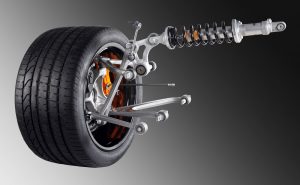
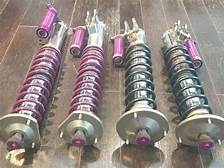
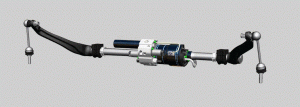
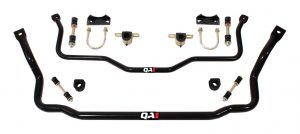
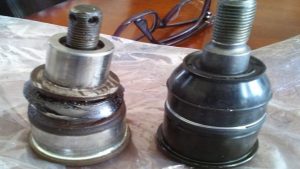
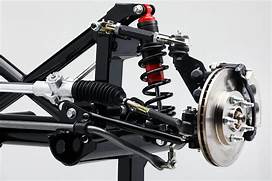
Dangers of driving with bad struts
Bad struts symptoms and solutions
What are the main types of suspension system?
There are two types of suspensions: double wishbone and MacPherson strut. Suspensions have a variety of adjustments that can be made to them, including spring stiffness/damping, anti-roll bars, camber angle, and toe alignment.
What is a suspension system used for?
We all know cars and vehicles need a suspension system, but what is it actually for?
Here’s it is in a nutshell;
Suspensions are a necessity for ensuring safety, as they help keep the wheels on the ground and in contact with it. The suspension system also does more than just that – it improves handling by keeping your vehicle level when you travel over bumps in the road, absorbing some of the impacts from bumpy terrain (shock absorbers); keeps passengers comfortably seated inside of the car instead of bouncing around, and perhaps most importantly, a suspension system helps keep tires gripped to the road beneath it.

But what makes a good suspension system then?
Depending on the use of your vehicle, suspensions will have various set-ups, depending on their application. Think about racing vehicles vs your average family saloon; clearly these types of suspensions will provide different functions for different vehicle conditions.
Common problems that arise with vehicles’ suspension systems
Although the technology for suspension systems has improved, problems still happen. Here are a few examples of common problems, seen in everyday passenger vehicles; (and what action to take if you experience these problems)
– Suspension Coil Spring Collapse
If your vehicle has a coil spring collapse, you may need to replace the whole assembly. This is because it will likely be unsafe and uncomfortable for passengers in the car.
– Suspend System Bearing Failure
Unfortunately, if your vehicle has a Suspend System Bearing Failure, you may need to replace the whole assembly as well. And also for the same reasons above.
-Faulty coil springs
If your vehicle has Suspension Coil Spring Collapse, you may be able to get these replaced.
-Faulty Struts
A faulty strut can cause a clunking noise when driving over bumps, or inconsistent ride quality. If this happens; change the struts.
– Suspension Control Arm Wear
Worn suspension control arms can affect handling while driving by making steering input less responsive or creating abnormal tire wear patterns. Although this might not initially seem dangerous, this can cause secondary problems and should be dealt with promptly.
Wrapping up: Suspension systems are one of the most important features of your vehicle. They provide comfort and stability by transferring weight from the body to the frame, which can help reduce fatigue on long trips. In this article, we’ve outlined some common components that make up a suspension system so you have an understanding of what they do when it comes time for maintenance or repairs. Explore more about vehicles here!
How to replace shocks and struts
Car Shaking When Braking at High Speeds (13 Causes & Solutions)
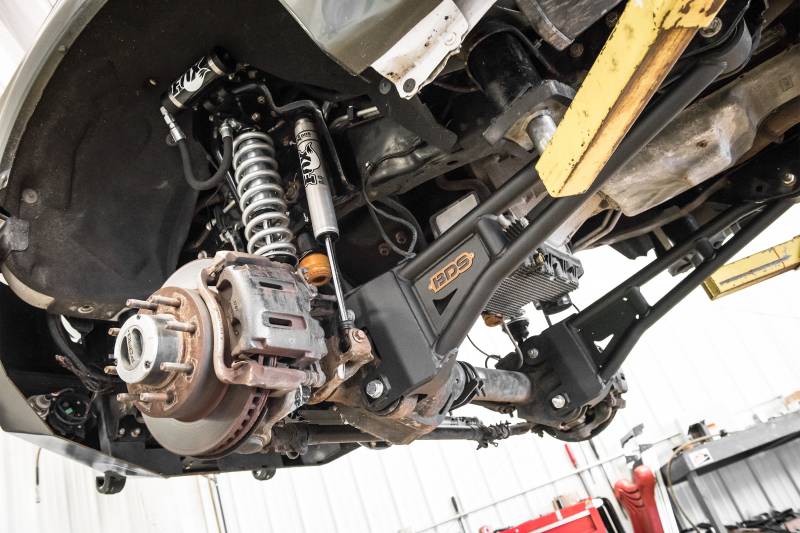





Post Comment